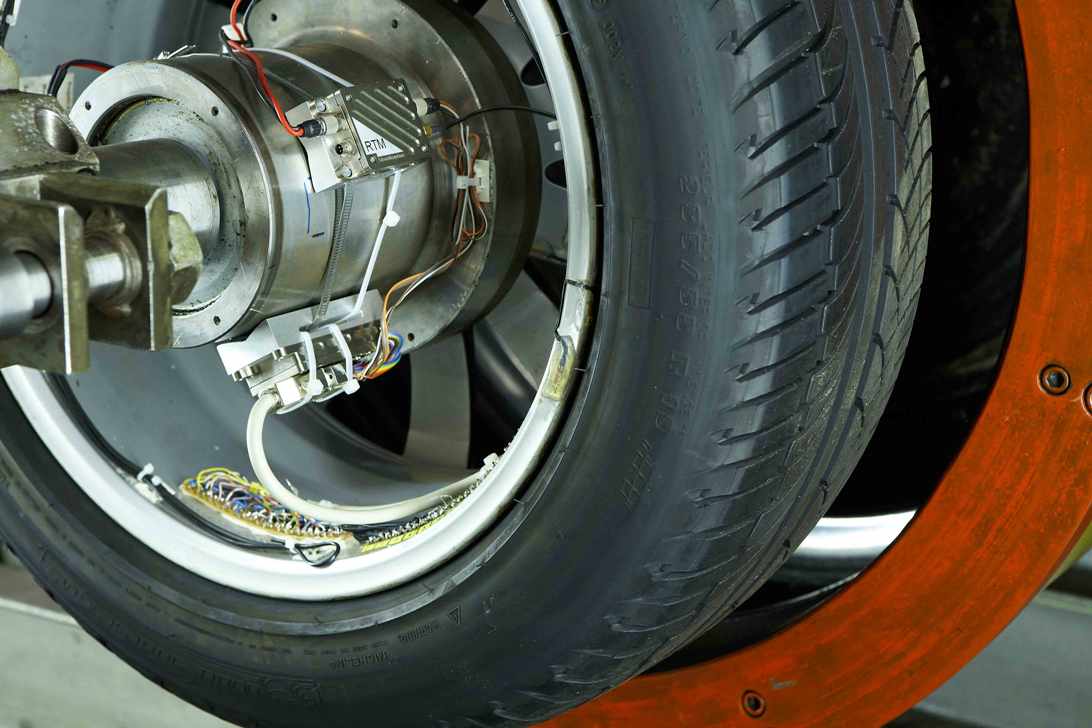LBF®.WheelStrength software is based on differential equations, which can be used to describe the loading conditions of rotating, wheel-related components and more. At the start of the 20th century initial attempts were made to simplify these differential equations with approximations and this lead to the development of the finite element theory.
Apollo's CAE - The basis for LBF®.WheelStrength
This method was then developed further as part of the Apollo space mission in the 1960s. The goal was to develop PC software for the Finite Element Method. And thus CAE NASTRAN (Computer Aided Engineering Nasa Structural Analysis System) was born.
ZWARP - Technology of Fraunhofer LBF
In the experimental field Fraunhofer LBF Darmstadt has developed the renowned biaxial wheel and wheel hub test facility, known as
ZWARP. Transferring the test environment from the road to the lab increased the degree of reproducibility, and the realistic condensing of the test programs meant time and money could be saved.

Brake disc test in ZWARP

Truck wheel measurement in ZWARP
From experimental process on ZWARP to LBF®.WheelStrength software
In order to further optimise the time and cost of developing wheel-related elements in the vehicle manufacturing industry, the experimental ZWARP process was digitally mapped using the Finite Element Method and thus the LBF®.WheelStrength was developed.
Learn more about LBF®.WheelStrength and test the software functions now.
Further information
Further information in English about the development of LBF®.WheelStrength is available in the following PDF files, which can be downloaded here for free:

|
Derivation of dimensioning data and test programmes for fatigue life evaluation
|
 |
Derivation of the tire rim interface forces of a wheel |
 Brake disc test in ZWARP
Brake disc test in ZWARP
 Truck wheel measurement in ZWARP
Truck wheel measurement in ZWARP

